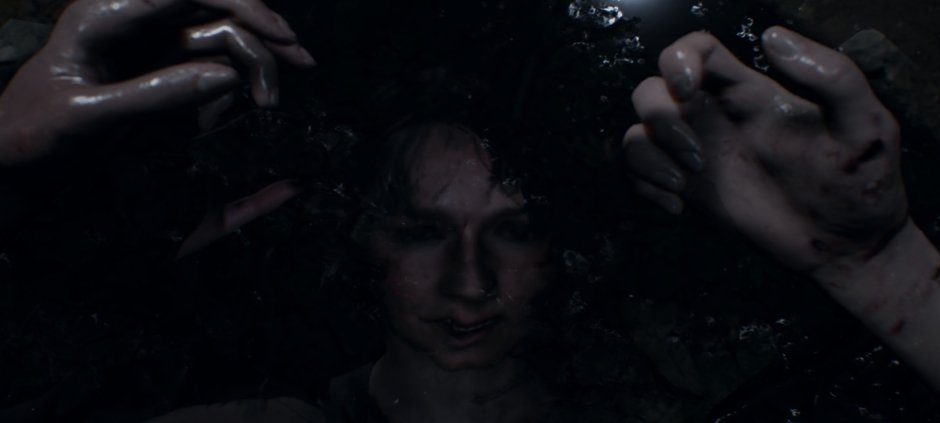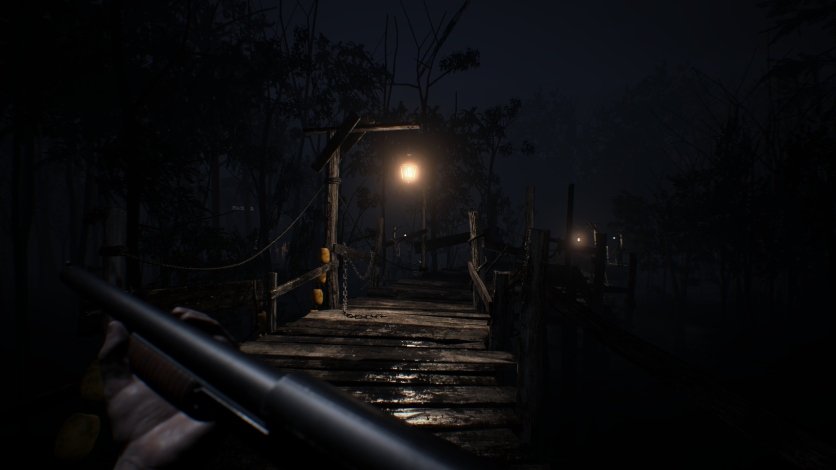In 1996, Resident Evil came out for the PlayStation and delivered a brand new look at zombie-filled, horror games. With its intricate puzzles and Castlevania-like level design, Resident Evil quickly became a household name. Capcom would go on to develop multiple sequels in the form of Resident Evil 2 and Resident Evil 3: Nemesis, each iterating on what the first game started. Then came Resident Evil 4.
While Resident Evil 4 is one of my favorite games of all time, it’s certainly safe to say that this new entry marked a departure from the series’ horror elements. That’s not to say the game wasn’t scary, but it took a much more action-oriented approach with its storytelling. The next two entries would follow this new direction, moving the franchise even farther away from its roots. Just when it seemed like nothing could bring the series back to what made the first three titles so scary, along came Resident Evil 7 Biohazard (RE7).
To call RE7 a return to form would be a bit of an understatement. The game embodies everything that made early Resident Evil so great: it moves at a snail’s pace, it’s riddled with scary moments, and it rarely gives players a moment to rest. With everything it brings back to the franchise, I’d argue that RE7 is the greatest series reinvention that has happened in the history of video games.
One of the defining qualities of the game’s horror is in its setting. While prior games had been set in major city locales, RE7 took us into the dark, murky swamps of Louisiana and the foreboding halls of the Baker residence. The Baker house shares DNA with the Spencer mansion from the first Resident Evil, riddled with cramped corridors, dark rooms, and secret passageways. Even when the game opens up to the rest of the Baker estate, it provides players with only rare moments of peace that can be ripped away in seconds.
Rather than an action game mixed with horror, RE7 is decidedly horror with some action elements, which hearkens back to the original game’s design. Health isn’t plentiful, and you can die fast. One early scene shows this best when the Baker family patriarch, Jack, chases you through the house while wielding a giant shovel.
The cramped corridors and dimly lit hallways of the house are already terrifying and confusing enough, but when you add in Jack’s ability to burst through the walls, it becomes utterly nerve-wracking. The fact that he continues to hunt you while calling your name in a sing-song pitch and angrily quipping at you really drives the fear home.
The boss fights in the game are inspired as well, and each one feels unique to the game while simultaneously paying homage to previous titles in the series. Much like the narrow hallways of the Baker house, the boss arenas demand that players learn how to maximize the space that they are given. When fighting Marguerite in the boathouse, for example, you find yourself in a cramped space that emphasizes positioning and environmental awareness. It feels like past fights against series’ greats like Yawn the Snake in the very first Resident Evil.
RE7 revitalized the Resident Evil formula, bringing a much-needed return to form to the classic, horror franchise. While the fifth and sixth entries took the series in a new direction, they didn’t land as well as intended. I just replayed RE7 in celebration of the game’s fifth anniversary, and it still holds up all these years later. While Capcom would continue what the game did with their next entry, Resident Evil Village, it couldn’t have been possible without all that RE7 brought into the world.
Resident Evil 7 Biohazard is available now on PC via Steam, PlayStation 4, PlayStation 5, Xbox One, and Xbox Series X|S.




















